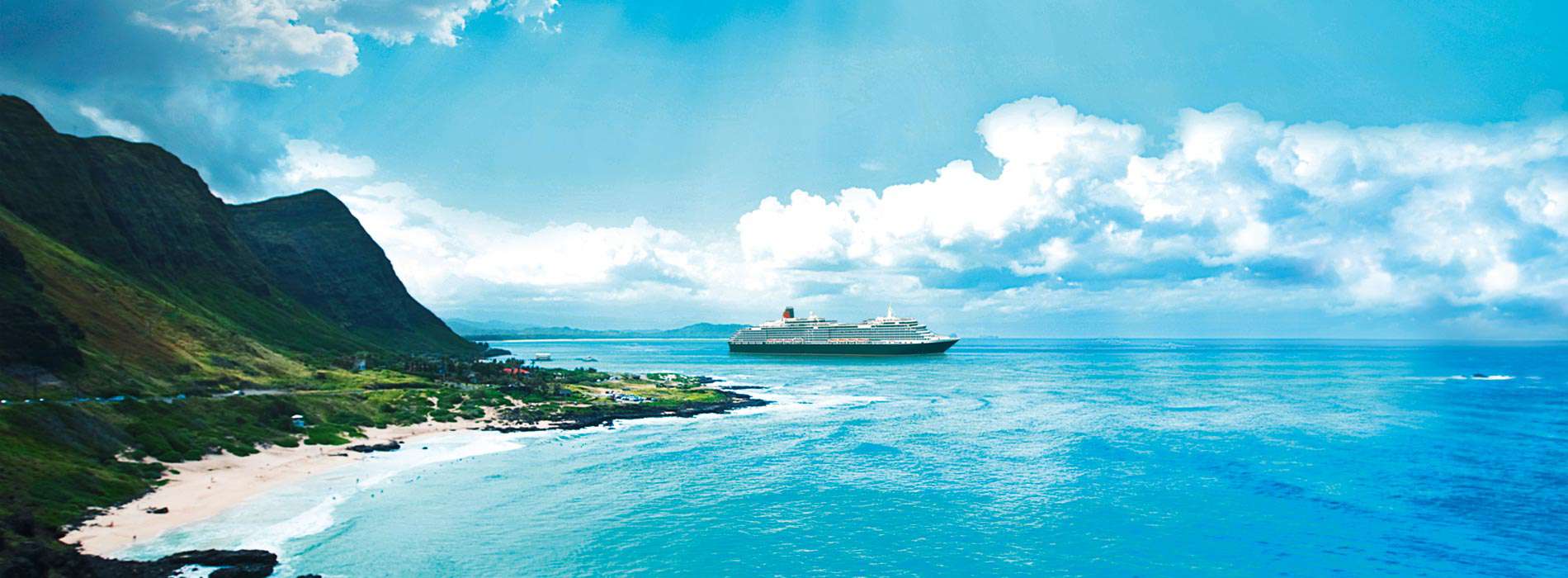Namibia - Deserts, Sand and Sea and a little bit of German
Argitaratu: 25.04.2017
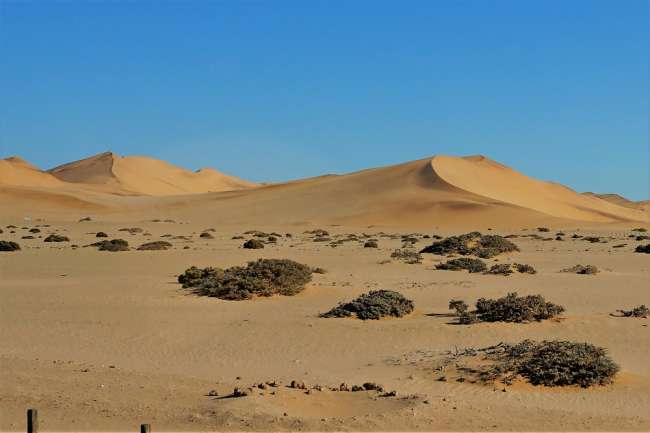
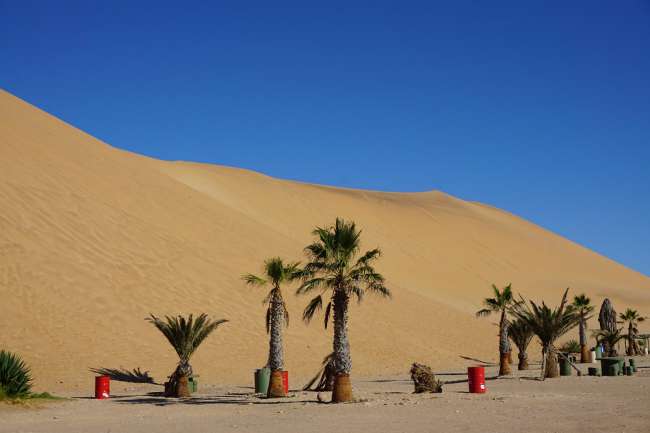
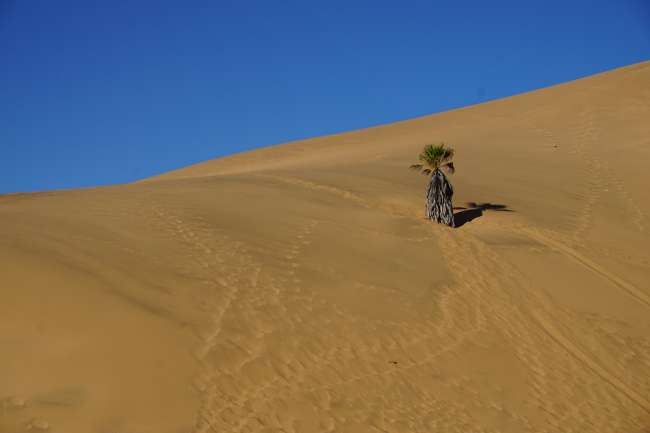
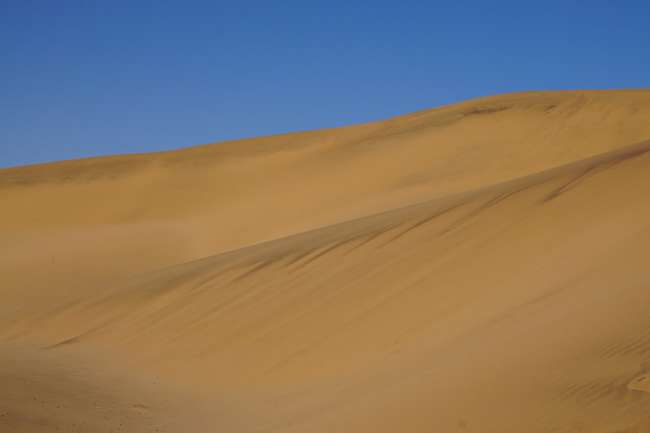
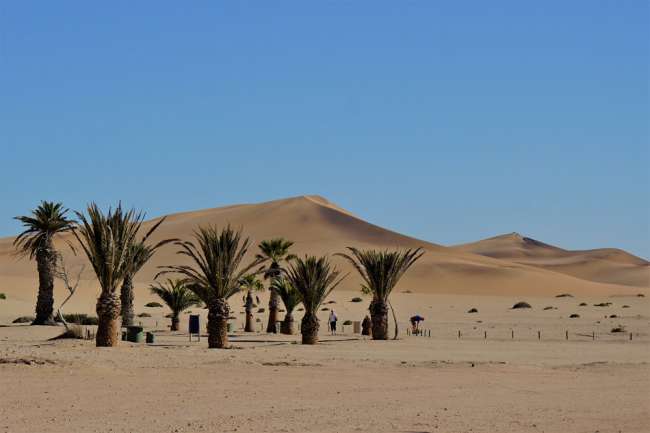
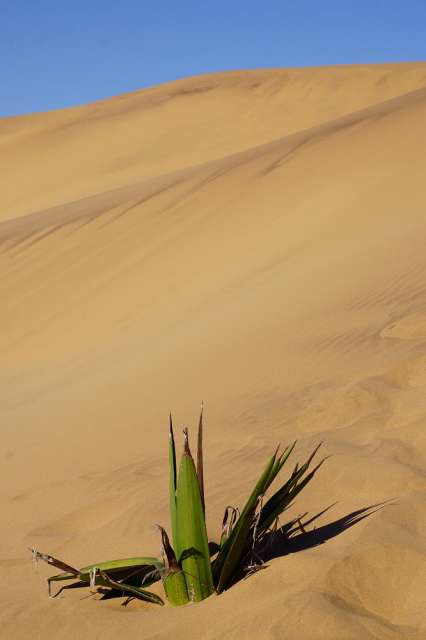
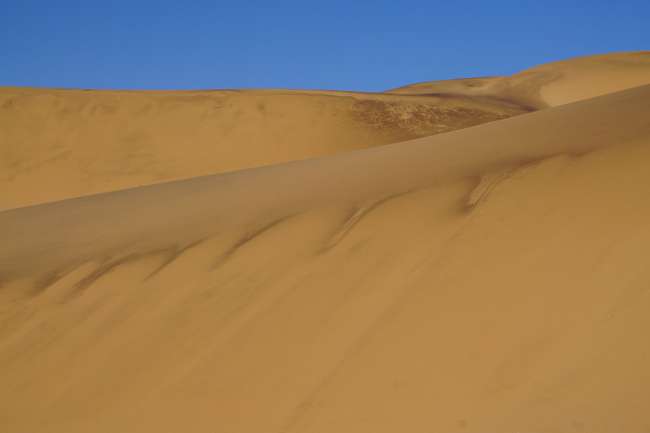
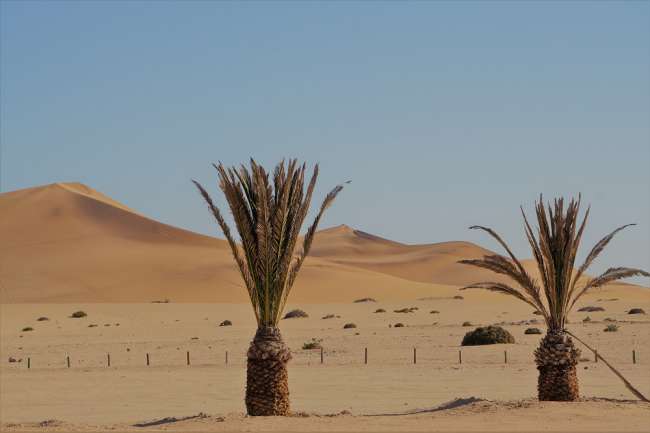
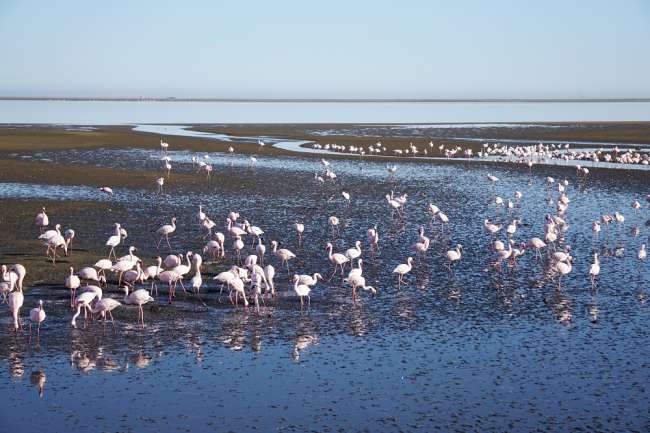
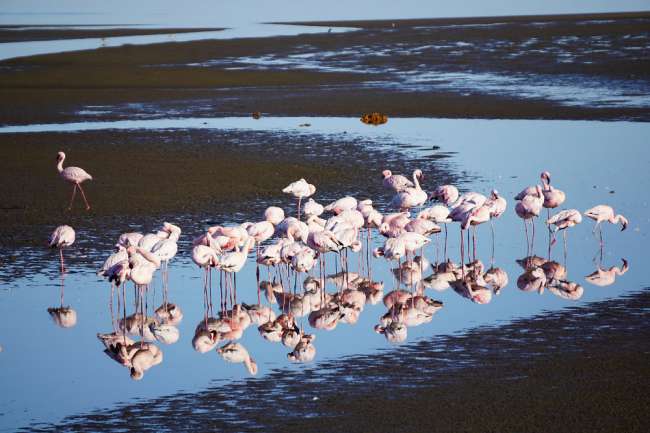
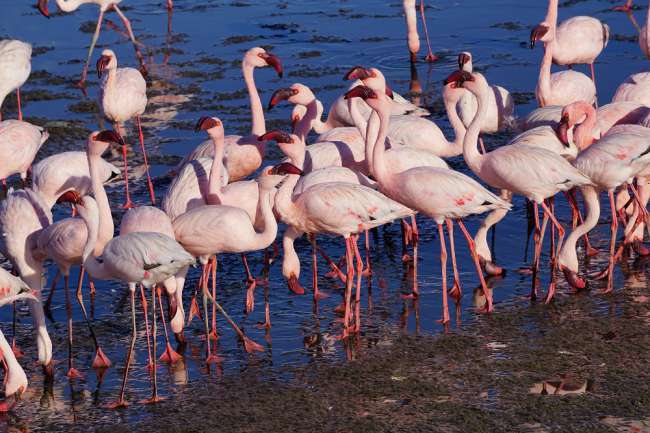
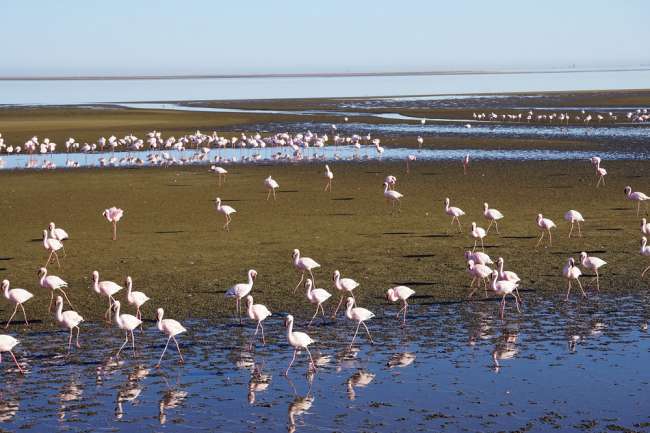
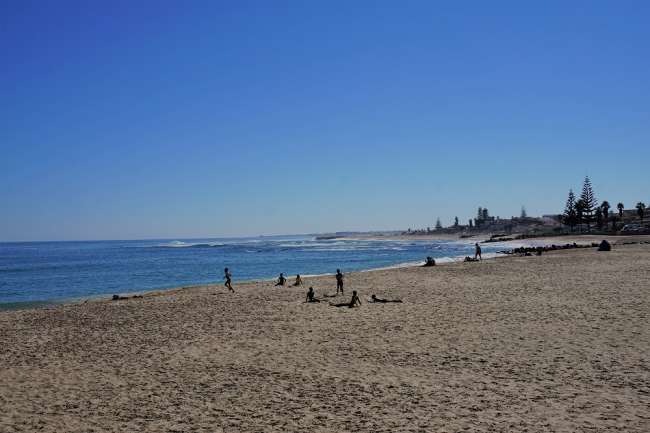
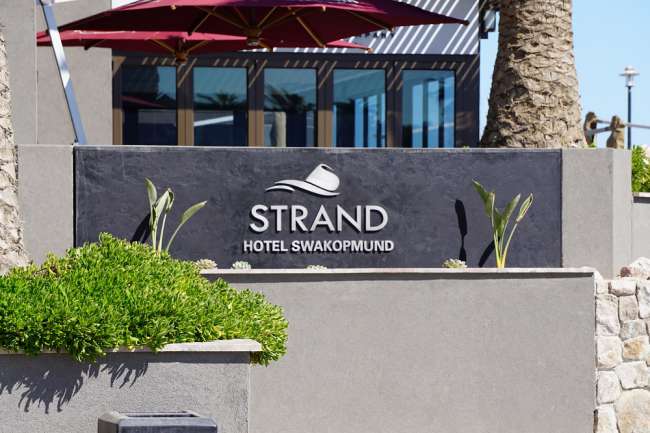
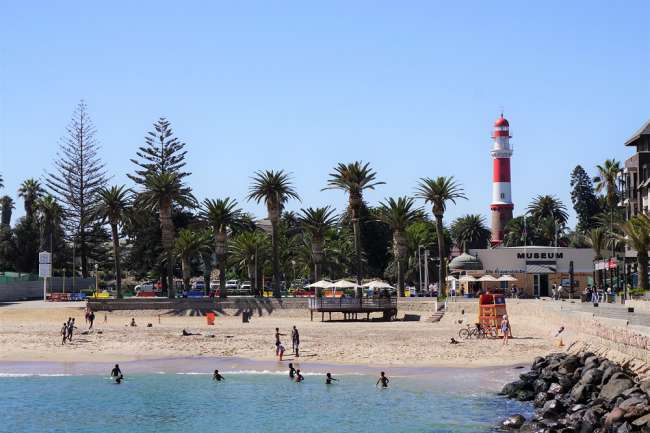
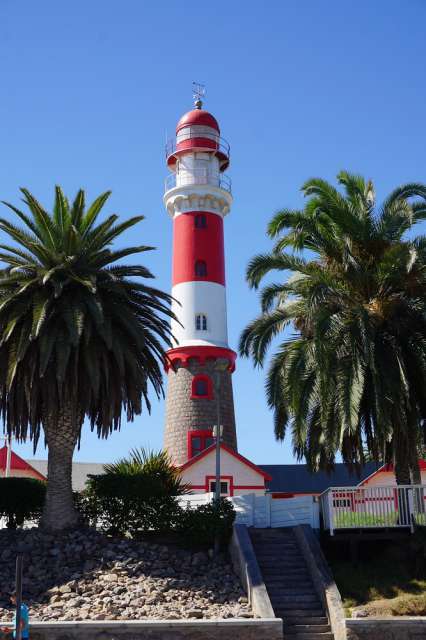
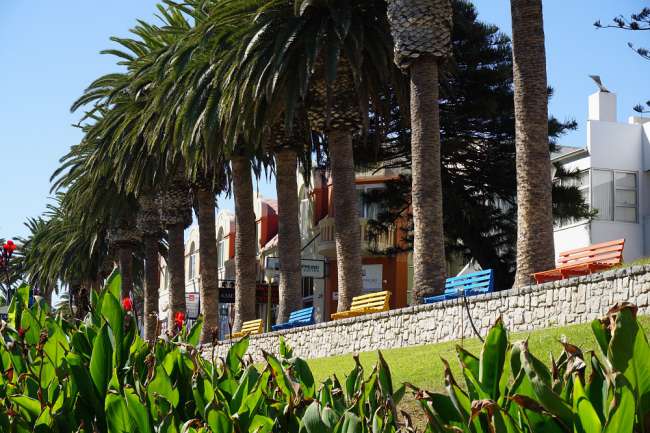
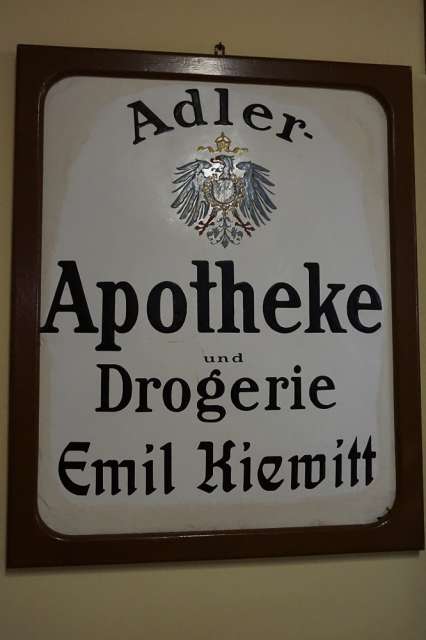
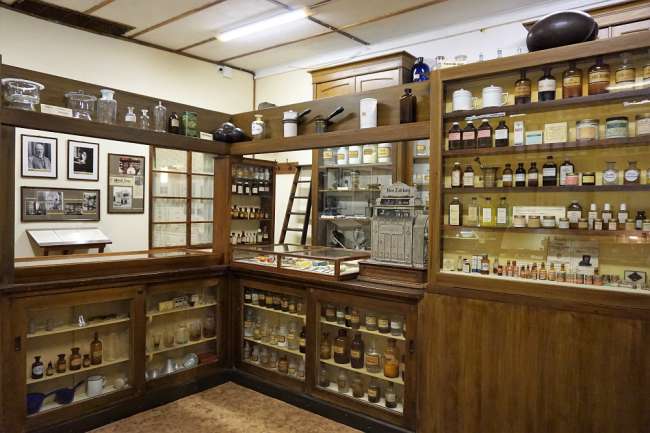
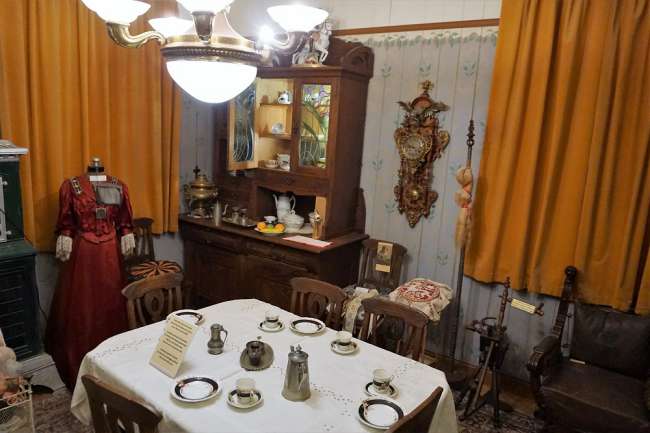
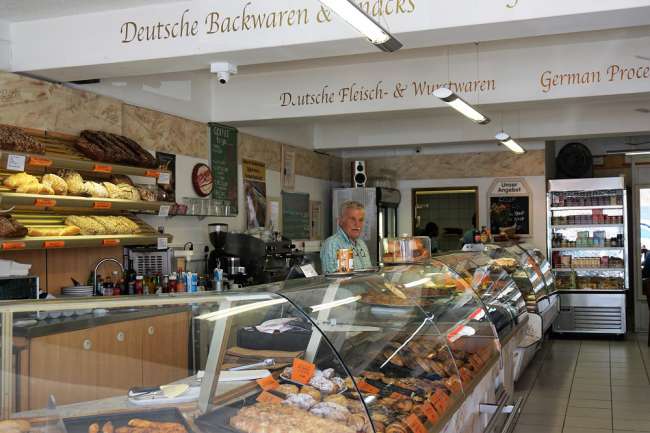
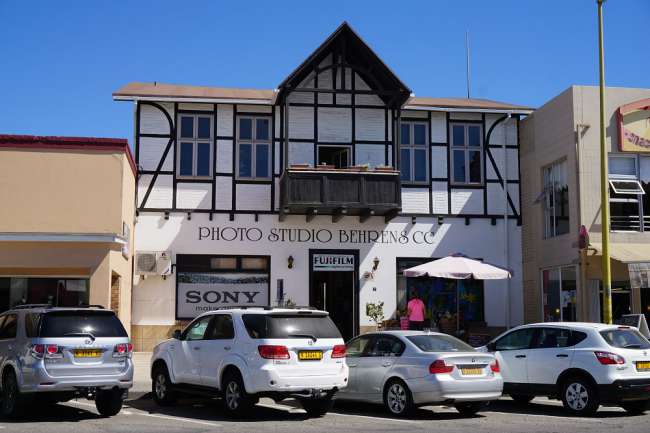
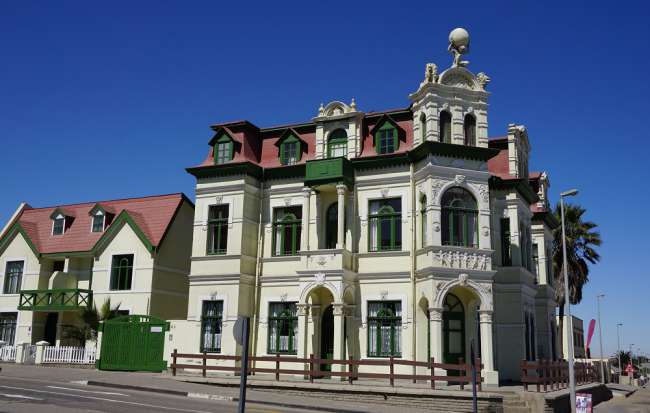
Harpidetu Buletinera
When I think of Namibia, I immediately associate it with deserts and large sand dunes, but also with the fact that it was a German colony from the late 19th century until the end of World War I. Therefore, I tried to learn about both aspects during my tour, although this country has much more to offer than just these two aspects and is very diverse, from deserts to mountains, the highest of which reaches 2600 m, wildlife, forests, and rivers. However, my visit was limited to the south and coastal region of Namibia.
The QE docked in Walvis Bay, formerly known as Walfisch Bay, which still relies on fishing today. Our ship's chef offered freshly caught fish from Walvis Bay (hake) in the restaurant in the evening, and it tasted really delicious. However, Walvis Bay is mainly characterized by its fishing industry and is also the largest producer of salt in Africa, with the "Salt Works". Nevertheless, there is more than just industry in Walvis Bay, as there is also a scenic side to it. In front of Walvis Bay, there is a long lagoon where hundreds of flamingos live. They are more white than pink. I found it especially beautiful to see these elegant birds standing in the water, reflecting and moving around, creating new images.
Right behind the city of Walvis Bay, the desert area began, which was the next destination. Although it was only 9 a.m., the heat was already quite intense and was strongly reflected by the sand. Climbing up Dune 7, as it is called, which is about 50 m high, was more exhausting than I thought, as the sand kept sliding down. (So muscle soreness was inevitable).
I tried to capture the interesting grain of the sand and the various shades in the photo, but in reality, it is even more impressive and intense. I believe that next time I visit Namibia, I would like to go on a longer desert tour inland because Namibia's desert is truly a beautiful and awe-inspiring landscape.
In Swakopmund, it was quite relaxed. This former German colonial town still has a lot to offer from the imperial era, such as street names like Kaiser-Wilhelm-Street or Moltke-Street. There is also the railway station from 1901, of course in "Bahnhof Street", and some beautiful buildings from the founding period or the Art Nouveau style or even in half-timbered construction. I particularly found the Hohenzollernhaus with its mansard roof and green-white/yellow stucco, and the Atlas statue on the roof (similar to the Hotel Atlantic in Hamburg), built in 1906, or the Imperial District Court building, which is used as the "State House" for the city administration.
A small museum showed examples of living and everyday life in colonial times, lovingly collected by a private individual and bequeathed to the city, and exhibited in an interesting and lively way. Despite so much German tradition, it was still surprising that the shop assistants spoke very good German without an accent and were happy to be able to speak German with us. They were well informed about our visit because the local newspaper had announced the "Queen Elizabeth" with a full-page photo and a large article on its front page. So it was quite unusual to be able to speak German instead of English. In addition, the "Café Anton" or the "Café Treff" with their many types of bread and rolls as well as cakes created a homely feeling.
Swakopmund is a popular seaside resort for the locals, with beaches and many palm trees providing shade. Therefore, there are also many small B&B hotels, similar to Cuxhaven. My tour guide told me that people love to come here in summer because everything is very beautiful and clean. And indeed, it looked very well-maintained and beautifully landscaped, with many opportunities to sit outside and escape the heat of the inland.
Although my visit only gave me a small impression of this African country, it was an interesting day. Namibia seems to have found its way to independence. It only gained independence in 1990, very late and after a turbulent and never self-determined history. After the German colonial period and the end of World War I, the League of Nations placed it under the protectorate of South Africa, which wanted to make it the 5th province of South Africa after World War II, which led to tensions escalating with the South-West Africa People's Organization (SWAPO) in armed uprisings in the 1960s and 1970s. Namibia became independent in 1990, and only 4 years after independence, an agreement was reached with South Africa to return the Walvis Bay region, so that Namibia is now united and governed by a fairly stable democracy.
After visiting so many cities and countries, now I have a long stretch of sea along the African coast ahead of me, and life on board plays a bigger role again. The invitations for the next few days are already coming in, for example, a dinner at the Officer's Table, a wine tasting, and a private dinner with 4 of my friends from the international group at the Italian restaurant on board, and in a few days, an international "Getting together" with drinks and food from different countries, organized by the respective hostesses of the countries. In addition, I am organizing and sorting my many photos, and the weather, with a pleasant 24 degrees, is also good for a relaxed stay on deck. So no boredom!
On April 30th, we will then reach the Cape Verde Islands, and Europe will be much closer for the final sprint.
Best regards,
Eva
Harpidetu Buletinera
Erantzun
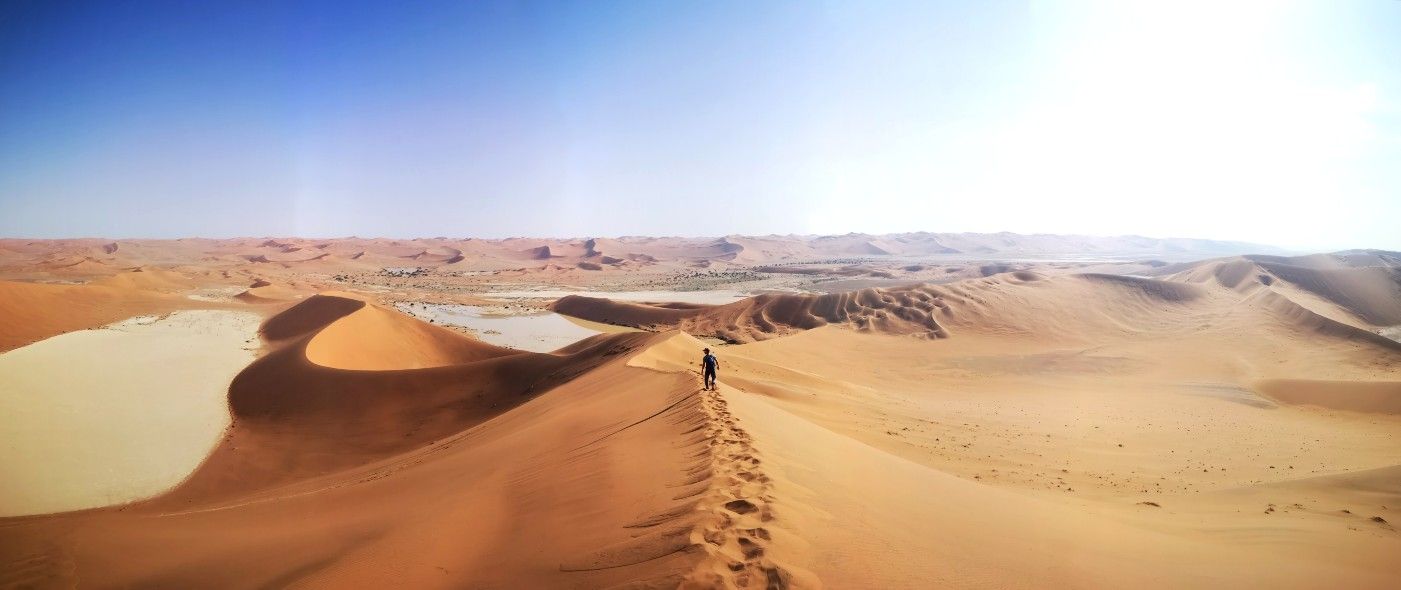
Bidaien txostenak Namibia
